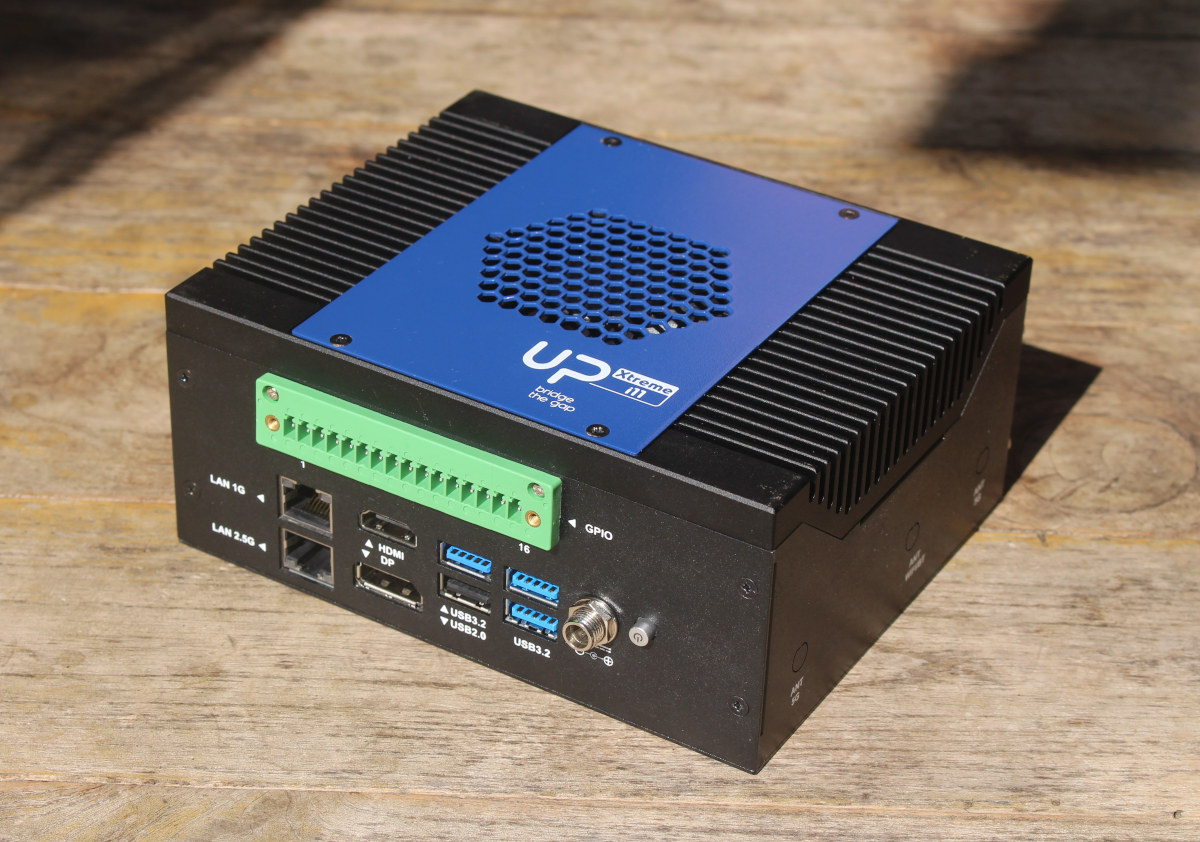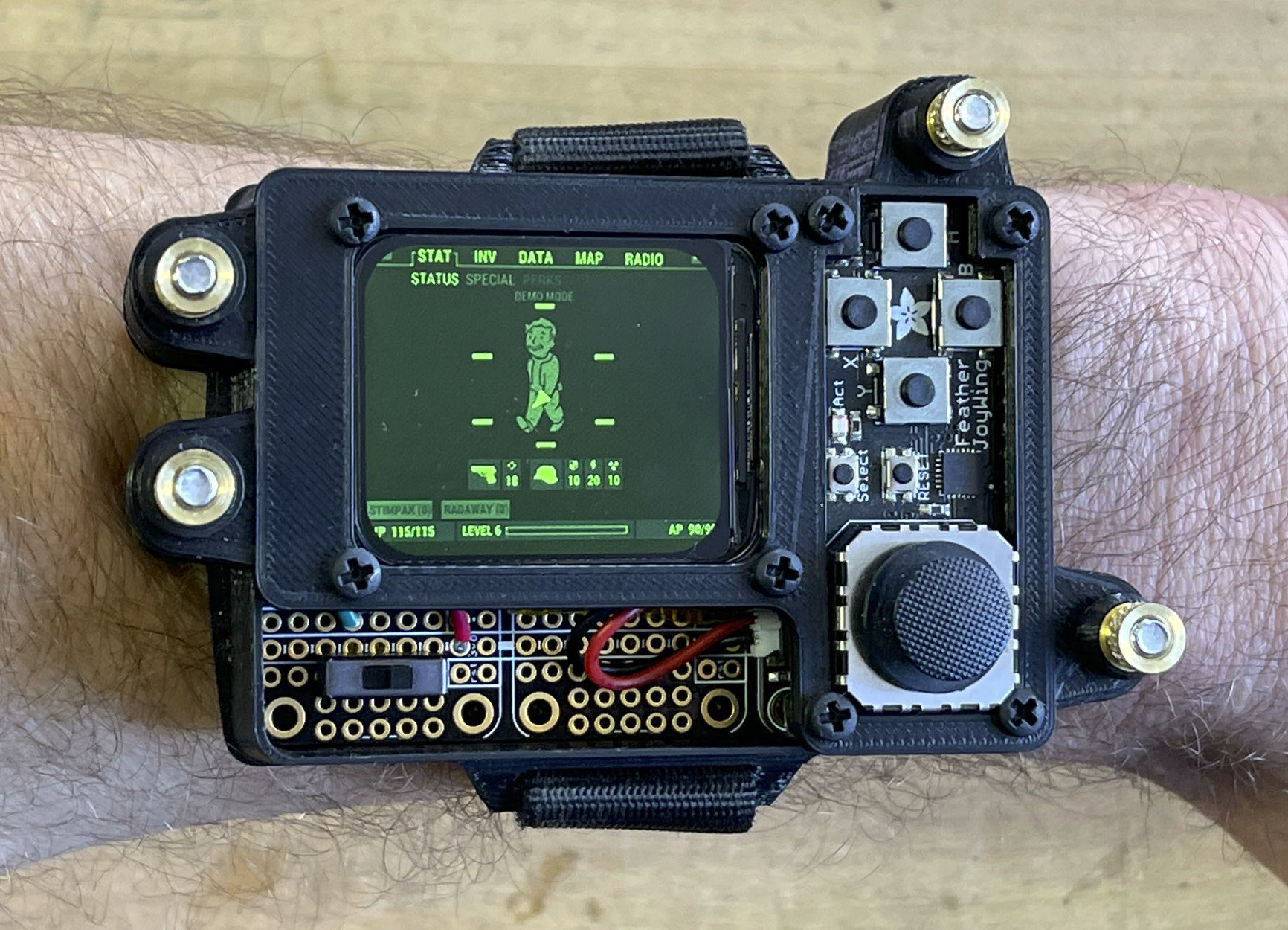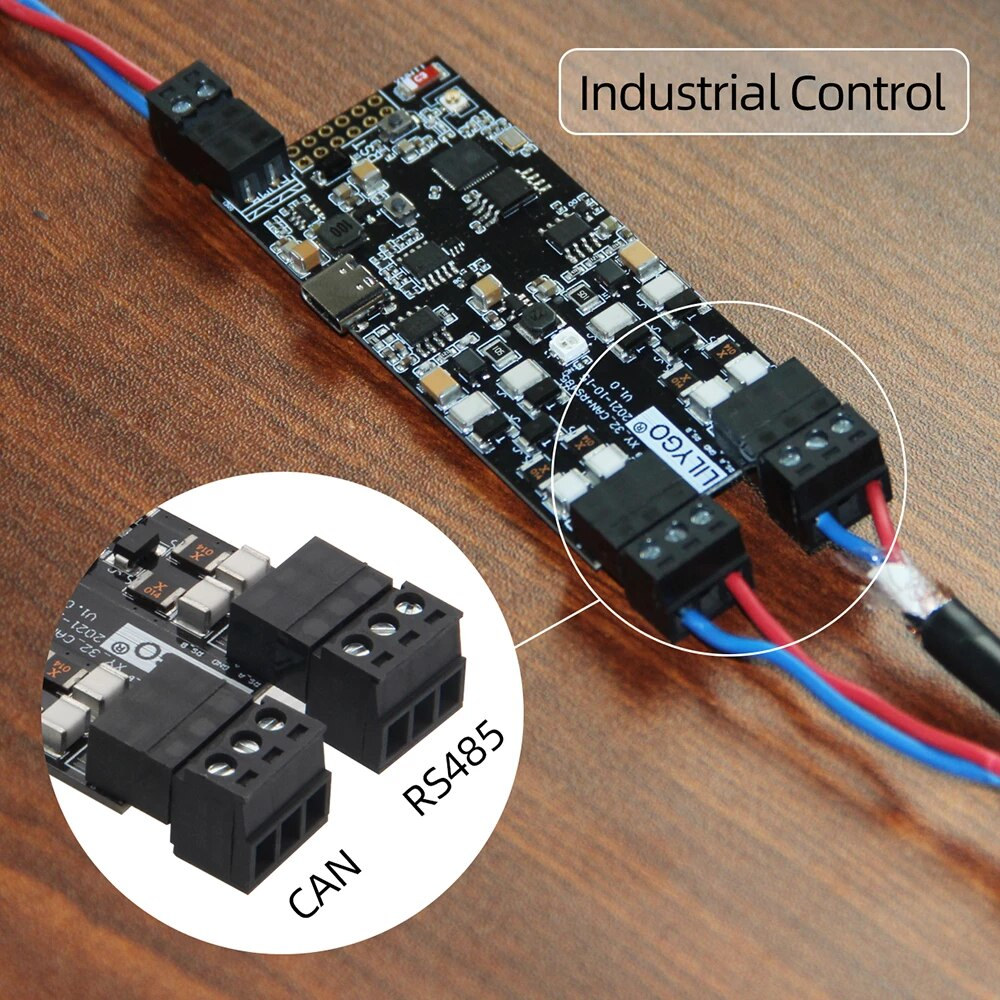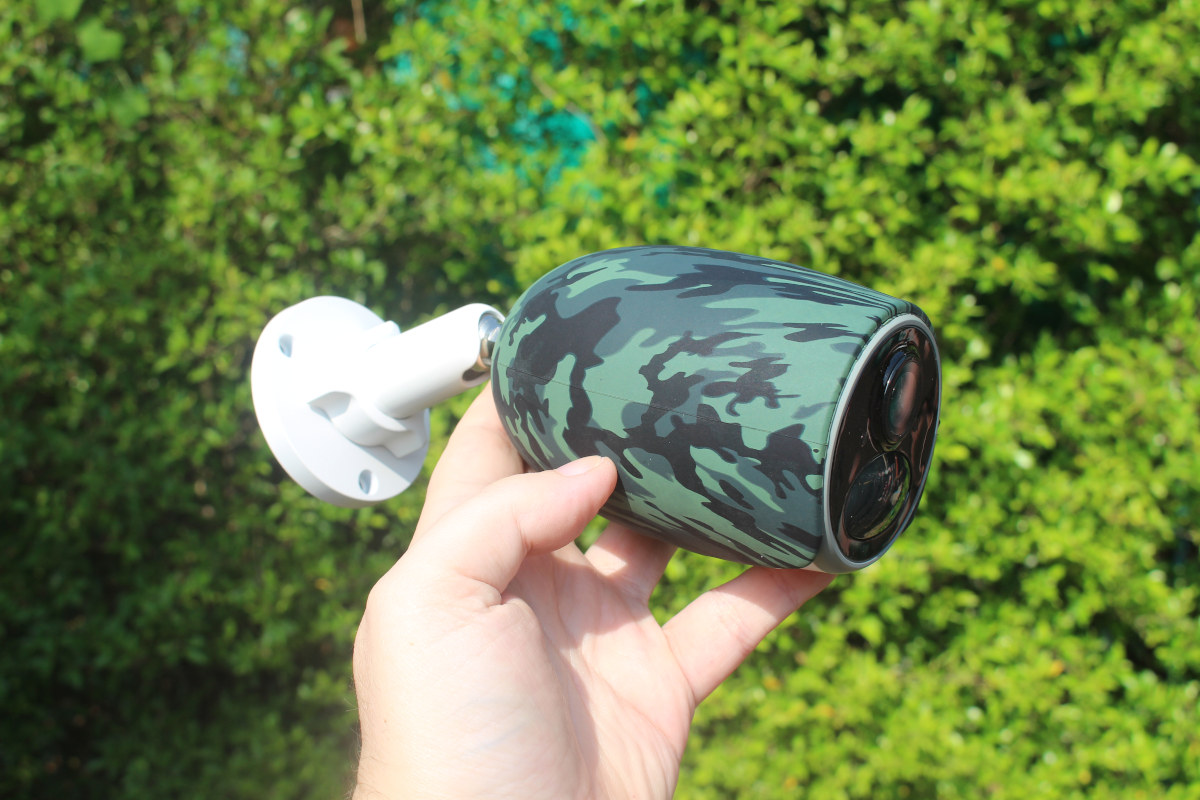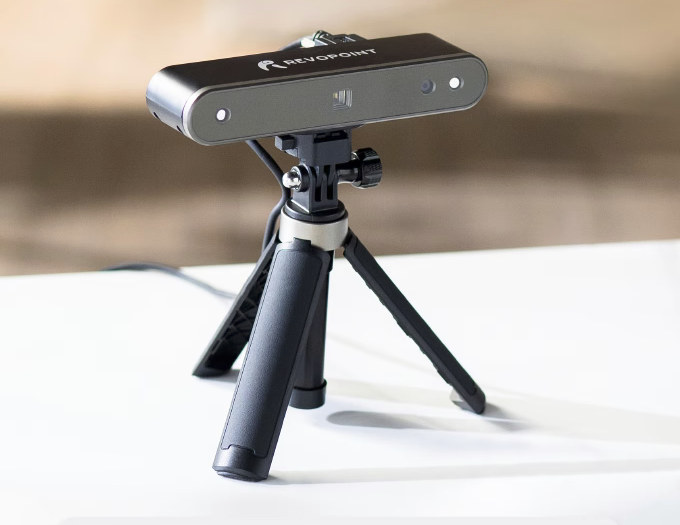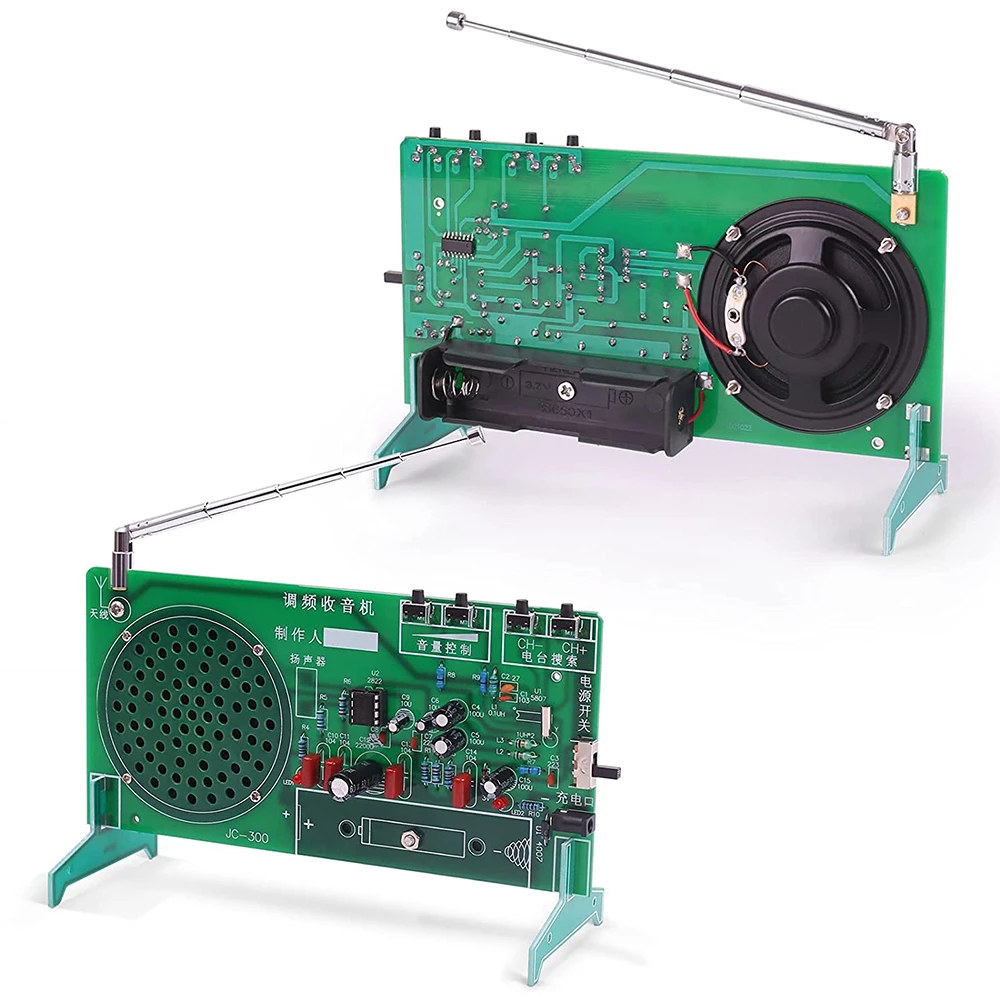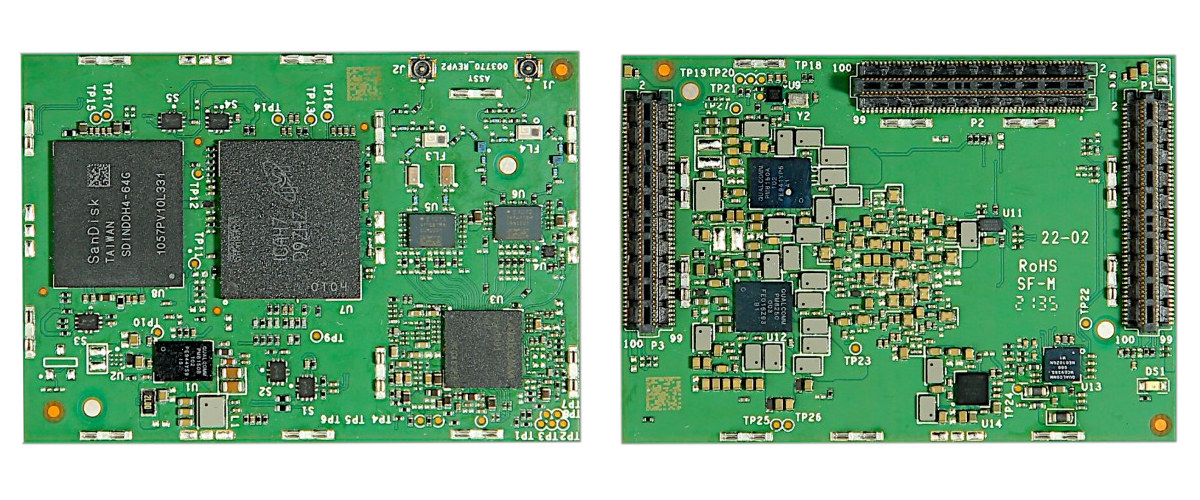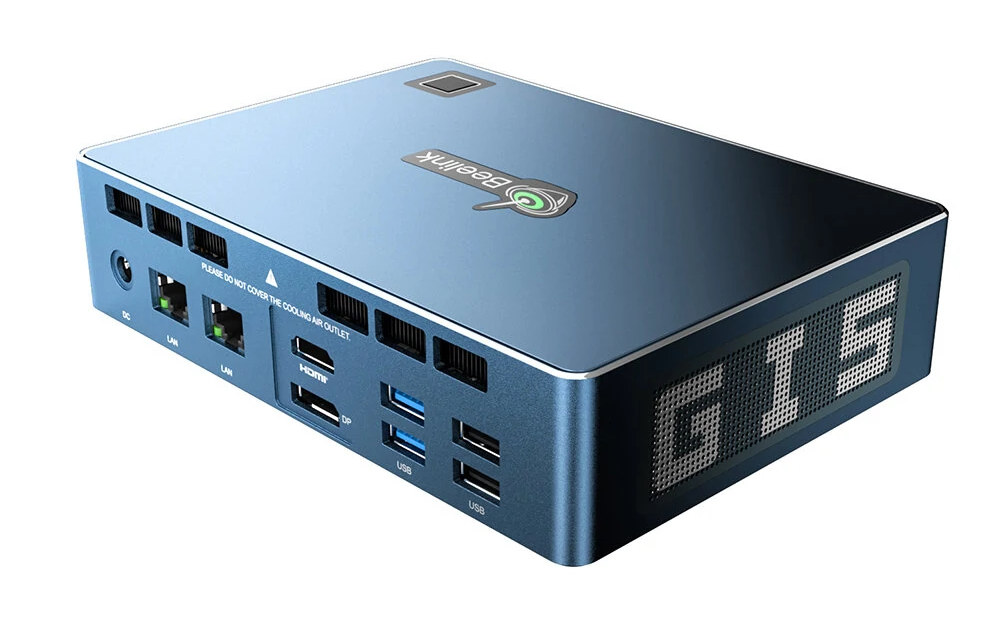AAEON’s UP Xtreme i11 Edge Compute Enabling Kit is an industrial mini PC based on the UP Xtreme i11 Edge single board computer powered by a choice of Tiger Lake processors and designed for edge applications for the industry. I recently got contacted by AAEON who sent me a version of the Edge Compute Enabling Kit with an Intel Core i7-1185GRE SoC, 16GB RAM, and a 128GB SSD pre-loaded with Ubuntu. I’ll start the review by checking out package content and interfaces, and teardown the hardware, before testing is with Ubuntu next month. UP Xtreme i11 Edge Compute Enabling Kit unboxing Customs took a keen interest in the package, opened it to check it out, and resealed it. But I eventually got the package, and customs their money… The package includes a 12V/6A power supply together with a power cord, EU type in my case, but the company will ask […]
DIY Pip-Boy wrist computer is equipped with Adafruit Feather RP2040 board
The Pip-Boy is a (virtual) personal information processor found in Fallout post-apocalyptic role-playing video games. But John Edgar Park decided to bring the wrist computer to (real) life combining an Adafruit Feather RP2040 board, a round IPS TFT color display, directional buttons, a joystick, and a battery. The Raspberry Pi RP2040 based Pip-Boy is programmed with CircuitPython and the demo code is a slide-show with navigation controls, but you could obviously adapt the code to your needs. The main components are: Black Adafruit Feather RP2040 board Adafruit Joy FeatherWing adding buttons and a joystick Adafruit 1.69″ 280×240 Round Rectangle Color IPS TFT Display FeatherWing Tripler mini kit to connect the two boards above and the display 3D printed enclosure A 3.7V/420mAh LiPo battery for power On/off switch The design is completed with some headers, stand-offs, screws, and a nylon watch strap. You’ll find detailed instructions with the list of parts, […]
TTGO T-CAN485 – An ESP32 board with RS485, CAN bus interfaces
LilyGO is regularly bringing ESP32 boards to market for specific applications, and their latest TTGO T-CAN485 connects ESP32 to CAN bus and RS485 industrial control interfaces. The board also takes 5 to 12V power input via a 2-pin terminal, comes with a microSD card for data storage, a USB Type-C port and CH340K serial chip for programming and debugging, plus a 12-pin GPIO header, some buttons, and an RGB LED. TTGO T-CAN485 board specifications: SoC – Espressif System ESP32 dual-core processor @ up to 240 MHz with 2.4 GHz Wi-Fi, Bluetooth 4.2 LE connectivity Storage – 4MB flash, microSD card socket Industrial control interfaces CAN bus via 3-pin terminal block RS485 via 3-pin terminal block Expansion – Unpopulated 12-pin header with 8 GPIOs configurable as UART, SPI, I2C, plus VDD, GND Debugging – USB-C port for serial access via CH340K USB to TTL chip Misc- Reset and Boot buttons, WS2812 […]
Reolink Go Plus 4G smart security camera with solar panel – Unboxing and first setup
I’ve received several Reolink IP cameras either connected over WiFi or Ethernet, but the company has just sent me Reolink Go Plus 4G security camera together with a solar panel that would let me access the camera from anywhere with cellular network connectivity. Reolink Go Plus integrates a 4MP camera and supports person and vehicle detection, just like Reolink RLC-810A model I reviewed earlier this year. I have three Reolink cameras, and I’m somewhat satisfied except that the connection to WiFi cameras is often unreliable, and I have to rely on Cloud backup to play video captures most of the time. The Ethernet-connected Reolink RLC-810A has a much more reliable connection. So I’ll have to see if the Reolink Go Plus camera is more accessible over 4G LTE than WiFi cameras. I’ll start the review by checking out the packages and going through the initial setup for the Reolink Go […]
Revopoint POP 2 – A color 3D scanner with 0.1mm accuracy (Crowdfunding)
We’ve previously covered 3D scanners from the low-cost DIY Ciclop kit to more expensive models ($1,000+), but the market offerings have improved as shown by Revopoint POP 2 3D scanner that not only scans shapes but also colors, and is currently offered on Kickstarter for $419 and up. Revopoint POP 2 scanner relies on stereo depth capture with micro-structured light using a “proprietary micro projecting chip” enabling up to 0.1mm accuracy, and the texture scanning mode can add color/texture to 3D models as well. Revopoint POP 2 technical specifications: Technology – Micro-structured light and binocular proprietary technology Single capture – Accuracy: up to 0.1mm, range/area: 210 x 130 mm Point distance – 0.15 mm Working distance – 150 to 400 mm Minimum scan volume – 20 x 20 x 20 mm Scan speed – Up to 10 fps Light source – Class 1 infrared laser (meaning eye safe) Alignment – […]
Build a DIY FM Radio with this $12 kit
I’ve not used an FM radio for years, but if you’d like to teach younger generations about older technology and show them how to solder components there’s an RDA5807 based kit that would allow you to build DIY FM Radio operating in the 87 MHz to 108 MHz range. The JC-300 kit comes with a bare PCB, and all components required including a speaker, an antenna, and a holder for a 18650 battery. Some of the main components of the kit include: RDK Microelectronics RDA5807 single-chip broadcast FM radio tuner operating in the 87MHz -108MHz frequency range DA2822 Power Amplifier 66mm speaker 75 Ohm FM antenna 18650 battery holder Feet/brackets to hold the PCB vertically The system also comes with four buttons to adjust the volume and switch FM stations, plus a power switch. Nothing is pre-soldered on the bare PCB at all, so everything will have to be soldered […]
Inforce 68A1 SoM supports up to seven 4Kp120 cameras, dual 4Kp120 video encoding/decoding
SMART Wireless Computing has announced the Inforce 68A1, a compact system-on-module based on Qualcomm QCS8250 IoT processor with support for up to seven concurrent 4Kp120 camera inputs, and decode/encode two 4Kp120 video streams simultaneously. Equipped with 8GB PoP DDR5 memory, 64GB UFS storage, a wireless module supporting 802.11ax Wi-Fi 6E and Bluetooth 5.1, the module is designed for high-end IoT applications such as smart cameras, video collaboration, AI hubs, connected healthcare, and smart retail. Inforce 68A1 specifications: SoC – Qualcomm QCS8250 octa-core Kryo 585 processor up to 2.84 GHz (high-performance cores) or 1.8 GHz (low power cores) with Adreno 650 GPU, Adreno 665 VPU, Adreno 995 DPU, Hexagon DSP with quad HVX, NPU230 neural processing unit, Spectra 480 ISP; 15 TOPS AI processing power System Memory – 8GB LPDDR5 (PoP) Storage – 64GB UFS flash Wireless – Qualcomm QCA6391 with 802.11 a/b/g/n/ac/ax Wi-Fi 6 2×2 MIMO, Bluetooth 5.1 Audio – […]
Beelink GTI 11 Tiger Lake mini PC offers triple display output, dual 2.5GbE
Beelink GTI 11 mini PC is offered with either Intel Core i5-1135G7 or Core i7-1165G7 Tiger Lake processor, coupled with 16GB or 32GB DDR4, a 500 GB NVMe SSD, and provides triple display support via HDMI, DisplayPort, and USB-C interfaces, two 2.5GbE ports, and more. Beelink first teased the board in June with an upcoming crowdfunding campaign that never happened, but the Tiger Lake mini PC is now available on Banggood for $609.99 (Core i5, 16GB RAM) and $819.99 (Core i7, 32GB RAM). Note those are promotional prices valid until December 28, and initially, I was shown $809.99 and $1,089.99 respectively with an address in Thailand. Switching to a US address lowered the price, so the promotion depends on the warehouse, and YMMV. Beelink GTI 11 mini PC specifications: Tiger Lake SoC (one or the other) Intel Core i5-1135G7 quad-core/8-thread processor @ up to 2.4GHz / 4.2GHz (Turbo) with 8MB […]


